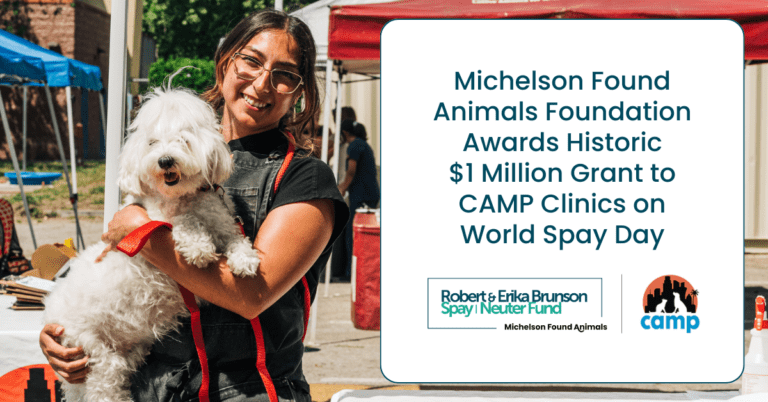Help! My Dog Has Diarrhea: The Dog Diarrhea Guide
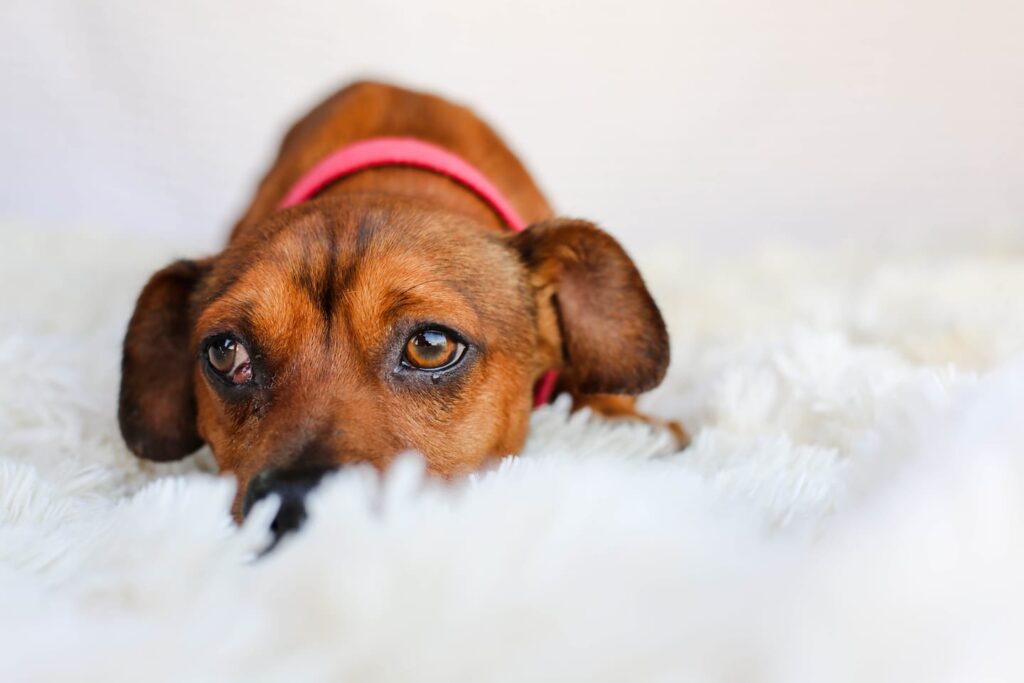
Dog diarrhea is sometimes an unfortunate consequence of dog ownership. In fact, that’s probably the understatement of the year. Let’s say it’s probably one of the worst parts of dog ownership. It’s messy, smelly and way more difficult to clean up than regular ol’ dog poop. There are many potential reasons your dog has diarrhea. Here is how to diagnose and treat dog diarrhea.
How to Know if Your Dog Has Diarrhea
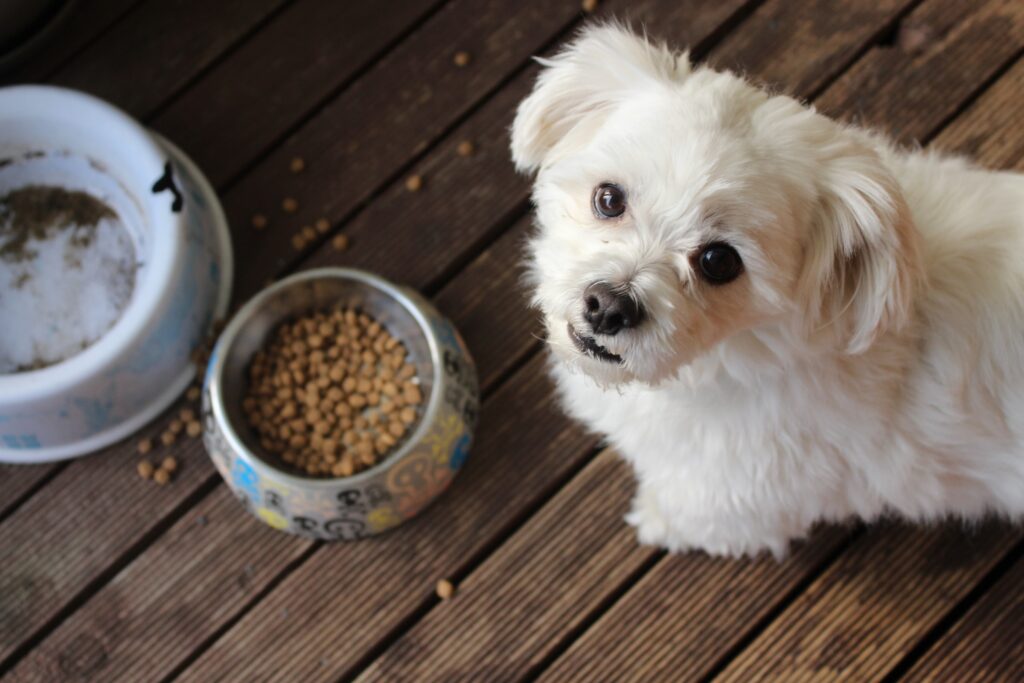
Okay, luckily this part isn’t difficult. You are probably already darn certain your dog has diarrhea. After all, it looks like… well… diarrhea. Dog diarrhea is drippy or completely liquid feces. Don’t freak out. Just like in humans, this happens from time to time. Common reasons are a change in diet. Your dog might be transitioning to a new kibble or they ate garbage. Although there are other more serious causes for dog diarrhea.
How to Know if It’s Serious
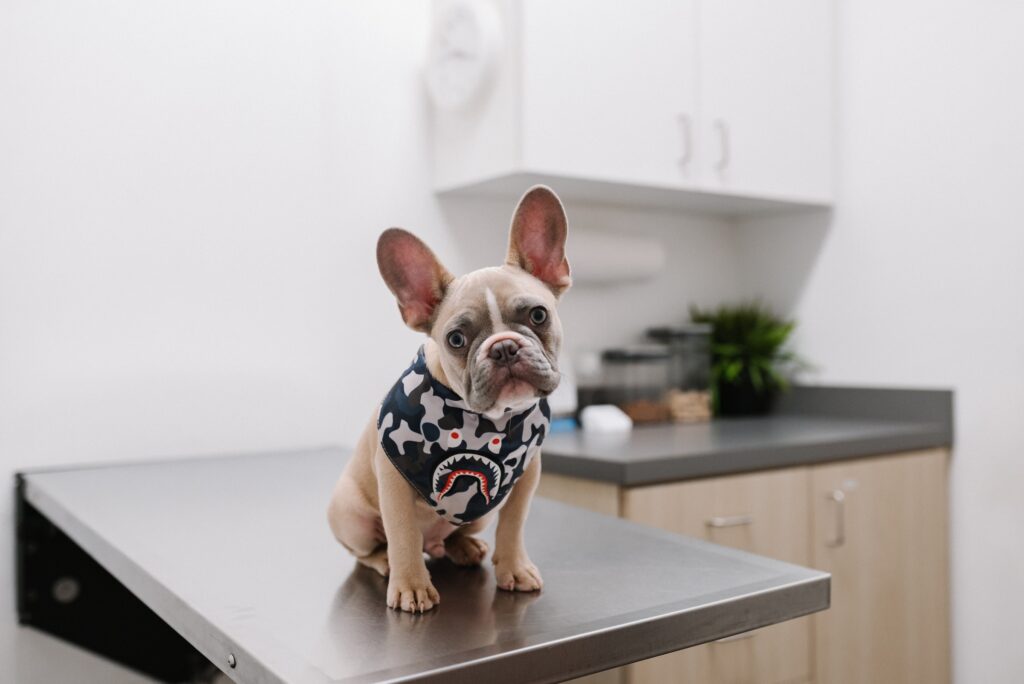
When it comes to dog diarrhea, blood might be a sign that something is wrong. Blood can look like streaks of red or dark and tarry black. Also be on the lookout for a loss of appetite, vomiting, weight loss, fever or fatigue in your pet. Yellow diarrhea might also be an indication that there’s something wrong. Never hesitate to call your vet if you seen blood in their stool or the diarrhea doesn’t stop after 24 hours. Your vet isn’t an attorney. They don’t charge for a simple phone call. Plus, the peace of mind is priceless!
Dog Diarrhea Treatment
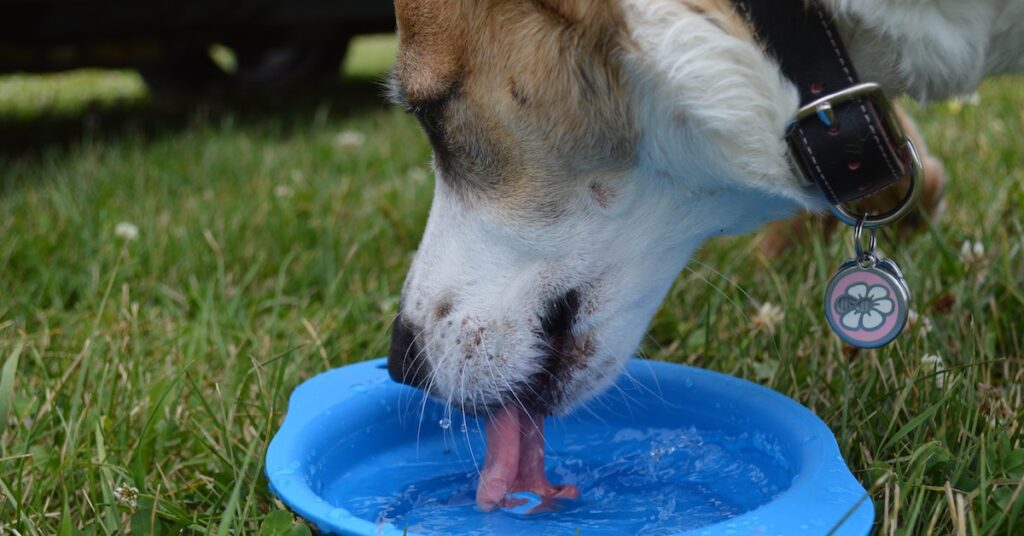
First, stop feeding your dog. Yeah, we know they won’t be happy about it, but it’s a good way to get the constant pooping to stop. If you’re dealing with dog diarrhea, you’ve probably been either suffering over many messes in your home or taking the dog out every 10 minutes. The best way to stop the million poops is to let your pooch empty their stomach of food.
While you stop feeding your dog, this is no reason to limit your pet’s access to water. Actually, diarrhea has a tendency to dehydrate your pup, so you want to make sure your dog has easy access to fluids. Let your dog drink plenty of water. If needed, you can also give them a little bit of Pedialyte or diluted chicken or beef broth.
Then give your dog a few bites of white-meat turkey or chicken and white rice. This simple-ingredient meal is gentle on upset tummies. Slowly increase the amount of food at meals and time between each meal, making sure the diarrhea doesn’t return. Once your pup’s poops look normal, you can transition them back to their normal wet food or kibble.
Thank you for reading and we hope you found this article helpful. Again, if the diarrhea doesn’t abate after 24 hours or your dog exhibits other symptoms of illness, contact your veterinarian!

